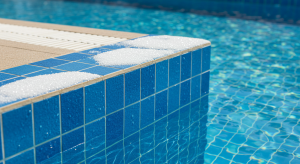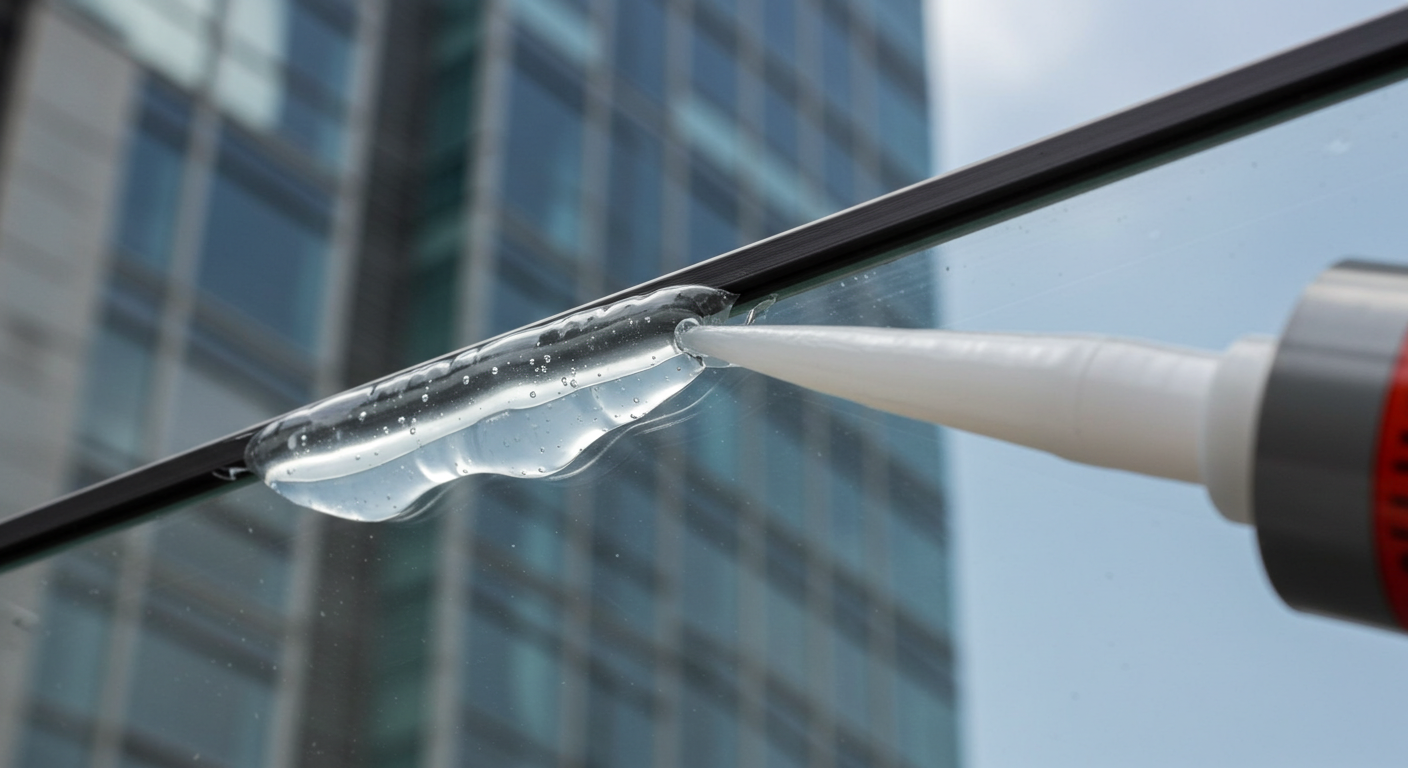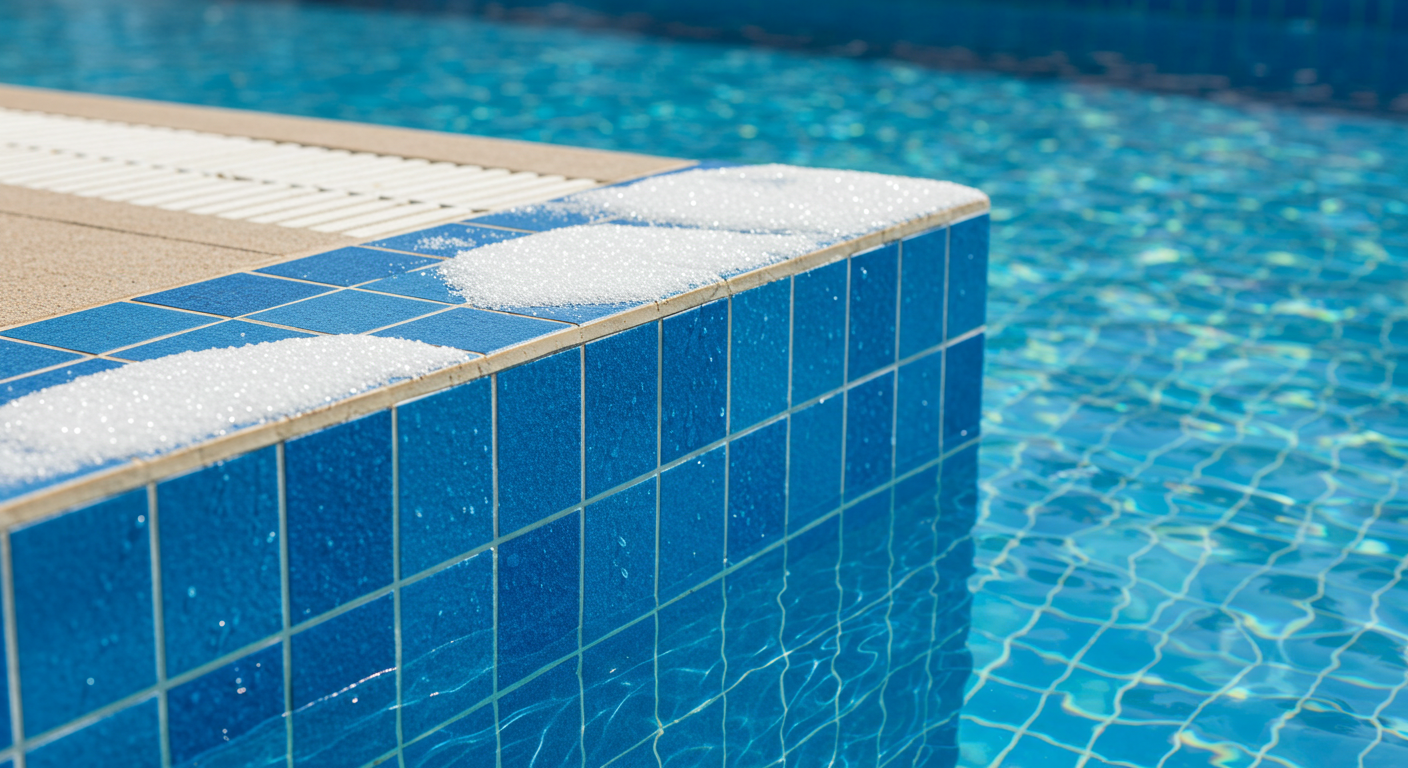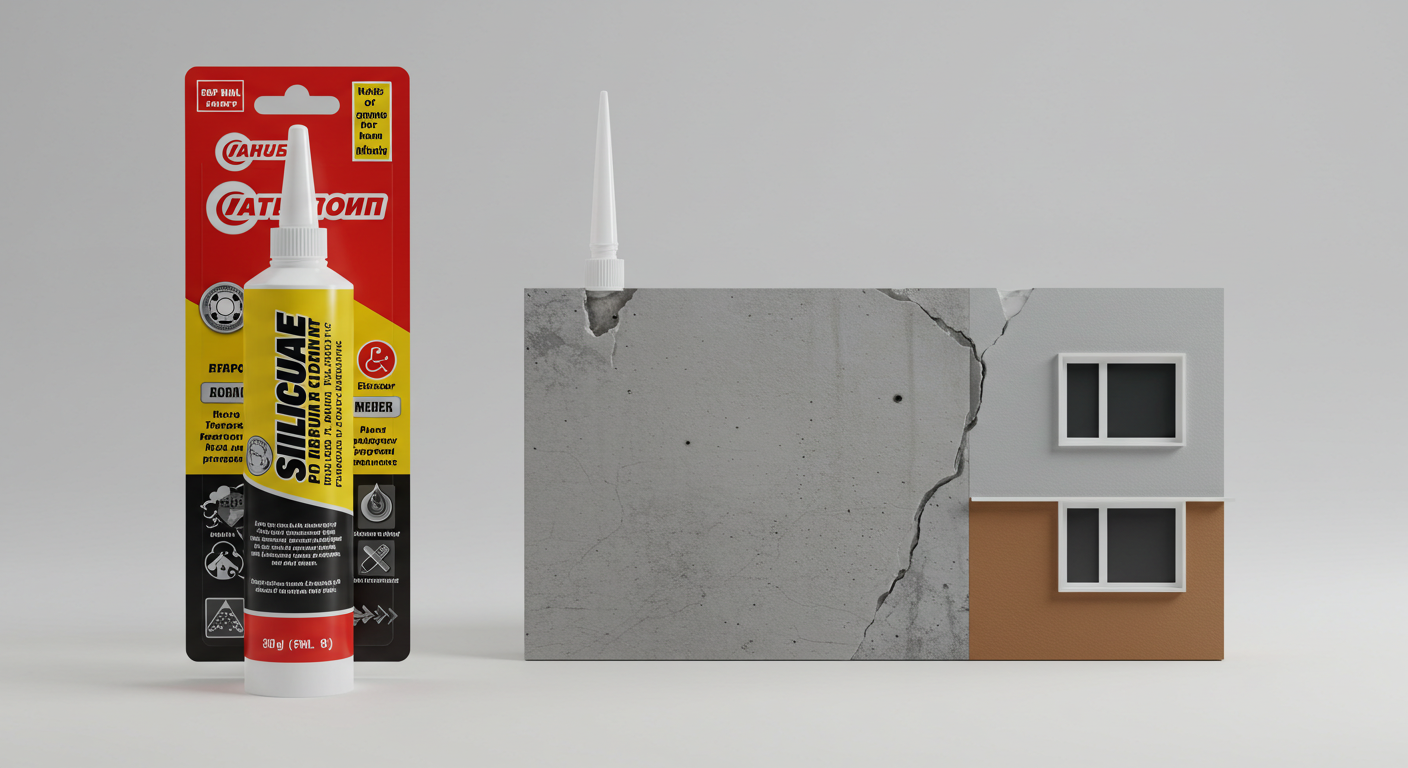Anti-Mold Pool Grout for Hygienic Swimming Pools
2025-02-01

Maintaining a hygienic swimming pool involves more than just balancing chemicals or ensuring regular cleaning. One essential aspect often overlooked is the quality and type of grout used between pool tiles. Anti-mold pool grout is a game-changing solution that helps prevent mold and mildew buildup, ensuring a cleaner and healthier swimming environment. This article explores the benefits of anti-mold grout, its applications, how to choose the best type, and tips for proper installation and maintenance, along with how this investment improves the long-term aesthetics and functionality of your pool.
Why Anti-Mold Pool Grout is Important for Swimming Pools
Swimming pools are constantly exposed to water, high humidity, and warm temperatures—the perfect conditions for mold and mildew growth. If left unchecked, mold can lead to slippery surfaces, staining, structural damage, and potential health risks for swimmers. Traditional grouts often lack the necessary resistance to moisture and fungi, making anti-mold grout essential for long-term hygiene and safety.
Prevents Mold and Mildew Growth
Anti-mold grout is specifically formulated with anti-fungal agents that inhibit the growth of mold and mildew. These properties help maintain a cleaner swimming pool environment, reducing the chances of slippery tile surfaces and harmful mold spores contaminating the water. Additionally, by limiting mold growth, this grout contributes to better air quality around the pool, ensuring a healthier space for both swimmers and staff.
Enhances Pool Safety
Mold and mildew buildup on pool tiles can create slippery areas, increasing the risk of slips and falls. Anti-mold grout minimizes this hazard by keeping surfaces cleaner and providing better grip. Slippery tiles are a common cause of poolside accidents, and using grout specifically designed to reduce mold buildup enhances the safety of the pool for swimmers of all ages.
Protects Structural Integrity
When mold penetrates grout lines, it can damage the underlying structure of the pool by allowing water infiltration. Over time, this can lead to cracks and costly repairs. Anti-mold grout ensures long-lasting protection by preventing moisture absorption. This protection not only extends the life of the pool but also reduces the frequency and cost of structural maintenance.
Benefits of Using Anti-Mold Pool Grout
Long-Lasting Hygiene
Anti-mold grout offers extended protection against fungal growth, ensuring that your pool remains hygienic for longer periods. This reduces the need for frequent cleaning and re-grouting, saving both time and maintenance costs. The durable formula ensures that even with constant water exposure, the grout resists deterioration, preserving its effectiveness.
Water Resistance
Designed to resist water penetration, anti-mold grout prevents moisture from seeping into the grout lines and underlying surfaces. This feature helps maintain the integrity of the pool structure while reducing the likelihood of damage. Water-resistant grouts are ideal for both indoor and outdoor pools, as they provide robust protection against varying environmental conditions.
Easy Maintenance
With its resistance to mold and mildew, anti-mold grout simplifies pool maintenance by reducing the frequency of deep cleaning and scrubbing required to remove grime and stains. The non-porous nature of the grout prevents dirt buildup, allowing pool staff or homeowners to maintain a clean pool with minimal effort.
Aesthetic Appeal
Over time, mold and mildew can cause unsightly discoloration in traditional grout. Anti-mold grout helps preserve the original appearance of the pool tiles, keeping them bright and visually appealing. This grout is available in various colors to blend seamlessly with the overall pool design, maintaining a cohesive and polished look.
Where to Use Anti-Mold Pool Grout
Anti-mold grout is versatile and can be applied in various areas of a swimming pool to enhance hygiene and safety.
Pool Floors and Walls
The most common application of anti-mold grout is between the tiles on pool floors and walls. These areas are constantly submerged or exposed to moisture, making them vulnerable to mold growth. Anti-mold grout ensures that these frequently wet surfaces stay clean and protected, preventing hidden damage that could lead to expensive repairs.
Pool Decks and Surrounding Areas
Even areas outside the water, such as pool decks, are prone to moisture buildup due to splashing and high humidity. Anti-mold grout helps maintain cleanliness in these spaces, preventing slips and maintaining a safe environment. Applying this grout to pool decks also reduces the need for constant pressure washing and deep cleaning.
Shower and Changing Rooms
Anti-mold grout can also be used in poolside shower and changing areas, where wet surfaces and high humidity create ideal conditions for mold growth. These spaces benefit greatly from mold-resistant grout, as it ensures a clean and hygienic experience for swimmers.
How to Choose the Right Anti-Mold Pool Grout
When selecting the best grout for your swimming pool, consider the following factors to ensure maximum effectiveness and longevity.
Mold Resistance Rating
Check the product’s specifications for anti-fungal or mold-resistant properties. High-quality anti-mold grouts often contain additives that specifically target mold and mildew prevention. These additives are vital for ensuring that the grout retains its resistance over time.
Water Resistance Level
Ensure that the grout is designed for constant water exposure and high-humidity environments. Products labeled as waterproof or highly water-resistant are ideal for swimming pools, as they offer superior durability against moisture penetration.
Compatibility with Pool Tiles
Different types of grout work better with specific tile materials. Whether you have ceramic, porcelain, or glass tiles, choose a grout that is compatible to ensure strong adhesion and longevity. Incompatible grout may lead to weak bonds, cracks, or early deterioration.
Color and Aesthetic Matching
Anti-mold grouts come in a variety of colors to match your pool tiles. Choose a color that complements your pool’s design while providing a clean and seamless look. Neutral-colored grouts often work well with most tile designs, but bold choices can add a decorative touch.
Durability and Longevity
Select a grout that offers long-lasting performance and is resistant to cracks, discoloration, and deterioration. Durable grouts require less frequent replacement and maintenance, ensuring that your investment remains cost-effective.
Step-by-Step Guide to Applying Anti-Mold Pool Grout
Proper installation of anti-mold grout is key to its effectiveness and longevity. Follow these steps to ensure a successful application.
Clean and Prepare the Surface
Before applying the grout, clean the tiles and existing grout lines thoroughly to remove dirt, debris, and any traces of old grout. Ensure the area is dry and free of grease or contaminants that may affect adhesion. Cleaning with a pressure washer may be useful for larger surfaces.
Mix the Grout Properly
Follow the manufacturer’s instructions to mix the grout to the right consistency. Proper mixing ensures even distribution of anti-fungal agents and optimal performance. Incorrect mixing may lead to weak bonds or uneven coverage.
Apply the Grout
Use a grout float to spread the grout evenly over the tile joints. Work in small sections to ensure complete coverage and prevent the grout from drying too quickly. Applying the grout in layers can help achieve better adhesion and longevity.
Smooth and Wipe Excess Grout
Once the grout is applied, use a damp sponge to smooth the surface and remove any excess grout. Be careful not to remove too much grout from the joints, as this could weaken the seal.
Allow for Proper Curing
Let the grout cure according to the manufacturer’s instructions. Curing times may vary, but proper curing is essential to ensure maximum durability and mold resistance. Avoid using the pool during the curing process.
Seal the Grout
Although some anti-mold grouts do not require sealing, applying a grout sealer can provide an additional layer of protection against water and stains. Sealing prolongs the life of the grout and enhances its resistance to mold and mildew.
Maintenance Tips for Anti-Mold Pool Grout
To maximize the longevity and effectiveness of your anti-mold pool grout, follow these maintenance practices.
Regular Cleaning
Clean the grout lines regularly using a mild detergent or a pool-safe cleaning solution. Avoid harsh chemicals that may degrade the grout over time. Regular cleaning prevents dirt buildup and ensures that mold-resistant properties remain effective.
Inspect for Damage
Periodically inspect the grout lines for signs of cracks, gaps, or mold growth. Address any issues promptly to prevent further damage. Prompt repairs reduce the risk of water infiltration.
Reapply Grout Sealer
If a sealer was applied, reapply it as needed to maintain its protective properties. Follow the manufacturer’s recommendations for reapplication intervals, which typically range from six months to two years depending on usage.
Common Mistakes to Avoid
Avoiding common mistakes during installation and maintenance can help ensure the long-term success of your anti-mold grout.
Skipping Surface Preparation
Failing to clean and prepare the surface properly can lead to poor adhesion and premature grout failure. Always ensure the area is clean and dry before applying the grout.
Using Incompatible Grout
Selecting a grout that is not compatible with your pool tiles can result in weak bonds and early deterioration. Always check the product specifications for compatibility.
Ignoring Curing Times
Using the pool before the grout has fully cured can compromise its performance. Follow the recommended curing time to ensure optimal durability and mold resistance.
Conclusion
Anti-mold pool grout is an essential component of maintaining a clean, safe, and hygienic swimming pool. Its ability to prevent mold growth, resist water penetration, and provide long-lasting protection makes it a valuable investment for pool owners. By selecting the right grout, applying it correctly, and following proper maintenance practices, you can enjoy a sparkling and hygienic pool for years to come.




